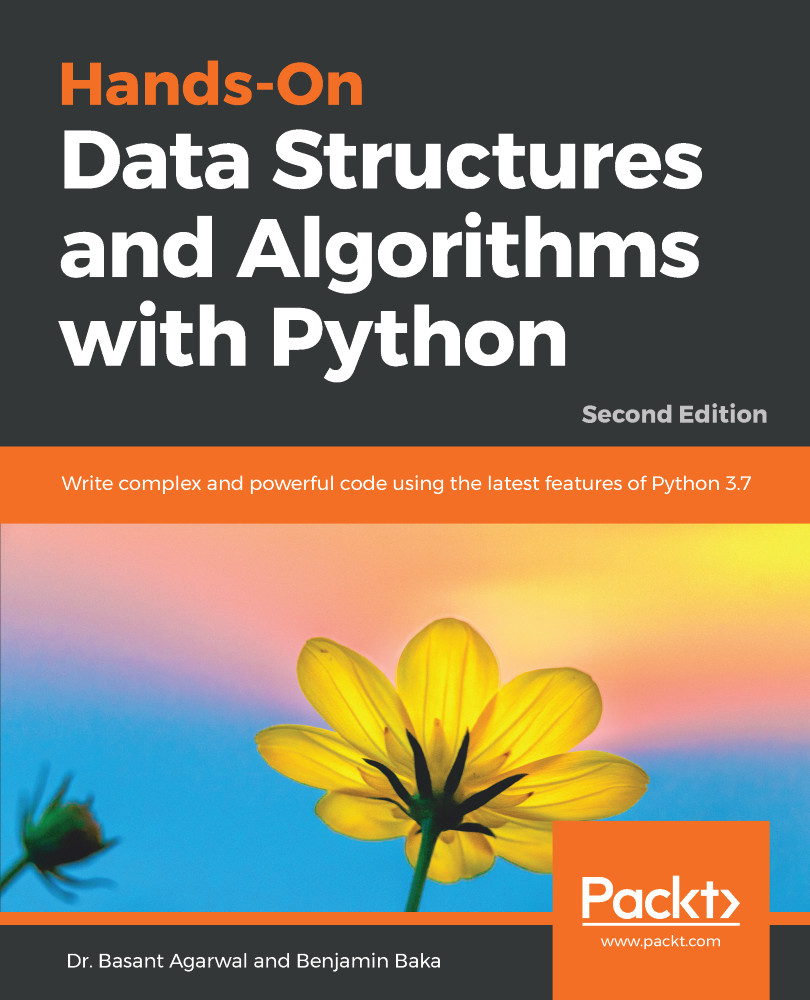To install Python, we use the following method.
Python is an interpreted language, and statements are executed line by line. A programmer can typically write down the series of commands in a source code file. For Python, the source code is stored in a file with a .py file extension.
Python is fully integrated and usually already installed on most of the Linux and Mac operating systems. Generally, the pre-installed Python version is 2.7. You can check the version installed on the system using the following commands:
>>> import sys
>>> print(sys.version)
3.7.0 (v3.7.0:1bf9cc5093, Jun 27 2018, 04:06:47) [MSC v.1914 32 bit (Intel)]
You can also install a different version of Python using the following commands on Linux:
- Open the Terminal
- sudo apt-get update
- sudo apt-get install -y python3-pip
- pip3 install <package_name>
Python has to be installed on systems with Windows operating systems, as it is not pre-installed, unlike Linux/macOS. Any version of Python can be downloaded from this link: https://www.python.org/downloads/. You can download the software installer and run it—select Install for all users and then click on Next. You need to specify the location where you want to install the package, then click Next. After that, select the option Add Python to environment variables in the Customize Python dialog box, then just click Next again for final installation. When the installation is finished, you can confirm the installation by opening up Command Prompt and typing the following command:
python -V
The latest stable Python version is Python 3.7.0. The Python program can be executed by typing the following in the command line:
python <sourcecode_filename>.py



